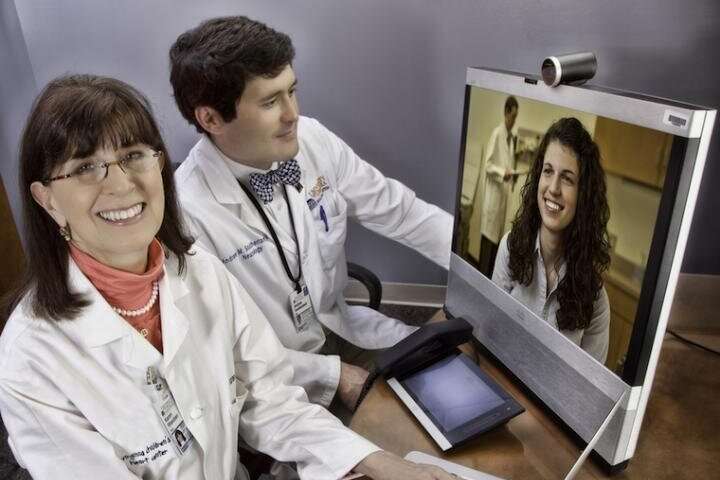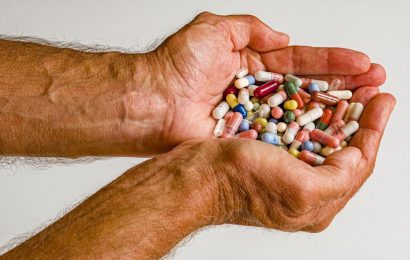
Telemedicine tools developed at UVA Health to battle Ebola have huge potential in the fight against COVID-19, UVA experts report in a new scientific paper. The tools, they say, allow doctors to provide personal, high-quality care while conserving vital personal protective equipment and reducing infection risks.
The battle against highly contagious diseases represents an important new application for the technology, which has traditionally been used to expand access to healthcare and spare patients the need to travel to see doctors and specialists. Other hospitals and healthcare facilities, the UVA experts believe, can benefit from embracing the potential of telemedicine to enhance care for patients with COVID-19 and other highly infectious illnesses.
“One of the few bright spots of the COVID-19 crisis is that it’s shown us how remarkably powerful and versatile telemedicine can be during outbreaks of novel contagious diseases,” said UVA Health epidemiologist Costi Sifri, MD. “Its importance in helping us care for patients in their home while sheltering-in-place is clear. What we show here is that telemedicine solutions can also be used within the walls of hospitals, emergency rooms and clinics to help provide enhanced, more efficient and safer patient care for those potentially infected with high-risk pathogens.”
The Power of Telehealth
UVA’s Karen S. Rheuban Center for Telehealth has long been a leader in using telemedicine to extend care where it’s needed most. In the last 20 years, the center has facilitated more than 50,000 patient encounters at more than 150 locations around the state. But UVA leaders turned their attention to a potential internal application of the technology after the state and the federal Centers for Disease Control and Prevention designated UVA a treatment center for Ebola during a worldwide outbreak in 2014.
UVA Health leaders found telemedicine a powerful resource for preparing for the highly infectious illness. They developed the Isolation Communication Management System (iSOCOMS) to provide remote treatment, guidance and supervision for UVA’s Special Pathogens Unit and a biocontainment room in UVA’s Emergency Department. They have since expanded it to rooms in UVA Health’s new South Tower.
The secure system includes visual and audio connections to allow care providers to monitor and communicate with a patient in isolation, and to communicate with care providers inside the room. This limits the number of people who must enter the space, saving valuable PPE and reducing infection risk, and allows doctors who have not received special PPE training to consult on the patient’s care. Medical students, too, can be trained in the environment safely.
Importantly, the setup also allows family members, spiritual advisers and others to communicate with the patient. And it helps the patient connect with their care providers by allowing communication without layers of PPE separating them.
Kendall Barger, RN, a nurse in UVA’s medical intensive care unit, called iSOCOMS “a game-changer in our ability to safely provide quality care to COVID patients.”
“It allows us to communicate with one another as a team, continually visualize the patient and their IV medications for optimal response to clinical change and connect families outside the hospital to their loved ones via video calls,” she said.
‘Clear Benefit’
In a new paper published in the Annals of the American Thoracic Society, UVA’s epidemiology and telehealth leaders report that iSOCOMS provided “clear benefit” to patient care and healthcare provider safety when ruling out potential Ebola cases. (No cases were found at UVA.) “We were surprised by the number of case-use scenarios that were built around iSOCOMS during Ebola preparedness planning, ranging from PPE use, supervision and support of direct patient care, healthcare worker safety, patient-team member communication, extension of consult health services, patient-family communication, patient-support service communications and trainee education,” they write.
They caution that hospitals must be mindful of patient privacy even when using secure telemedicine setups internally. But they urge their healthcare colleagues to consider the technology’s potential as a relatively low-cost way to improve COVID-19 care.
Source: Read Full Article


